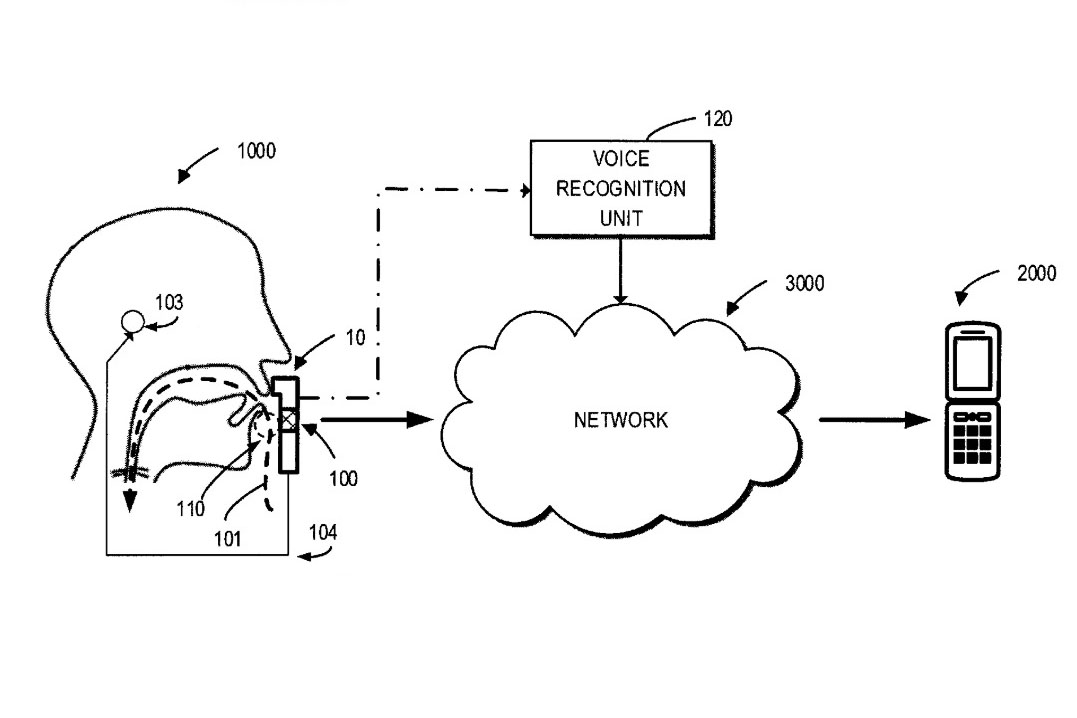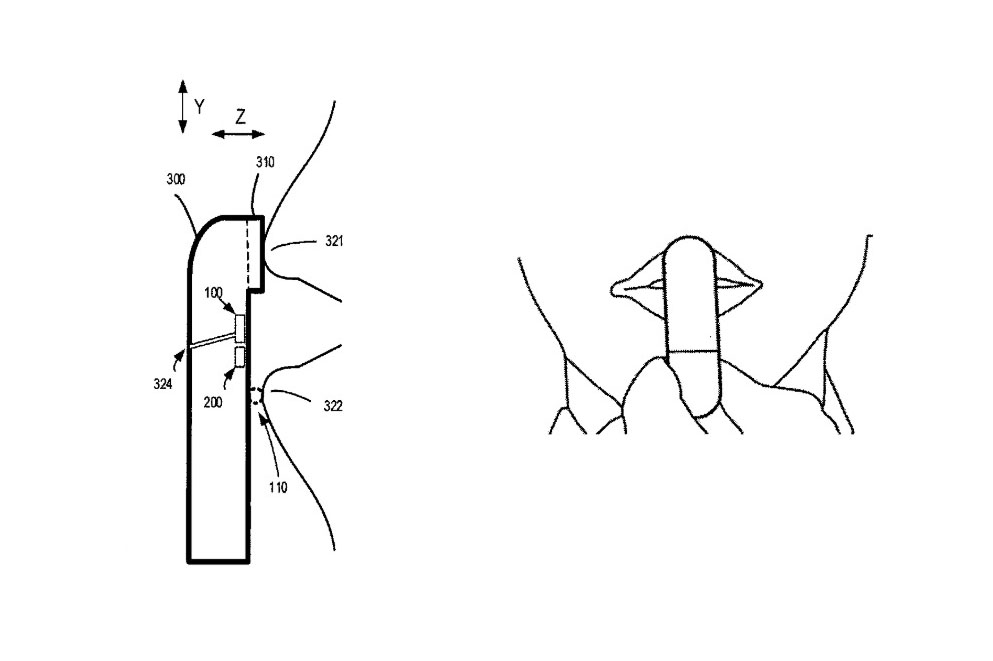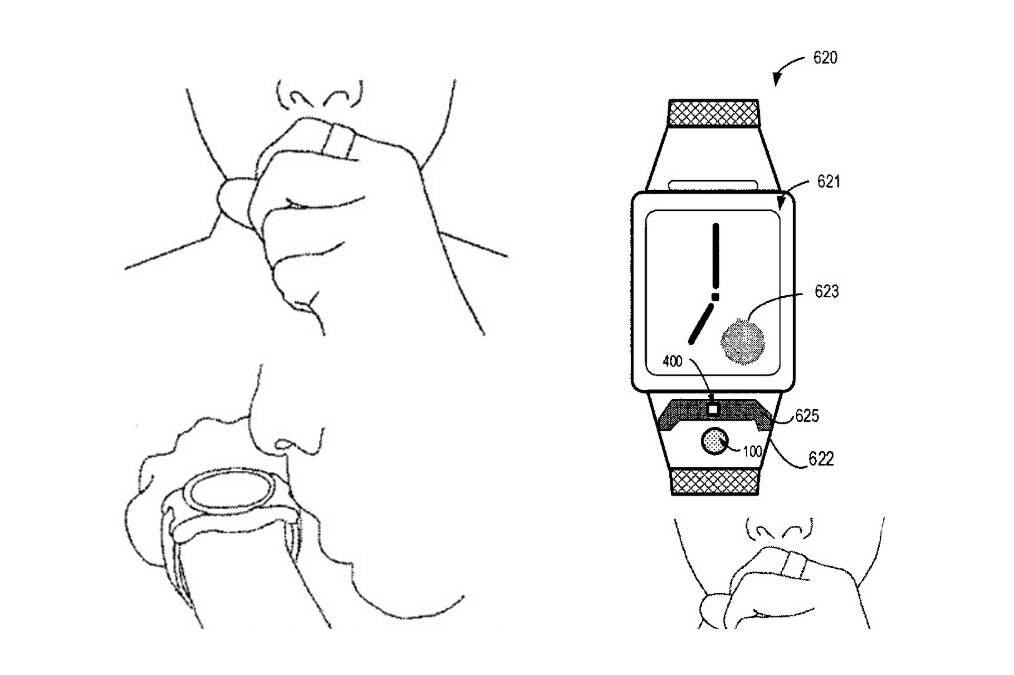The voice commands that many of us issue on a daily basis have become akin to second nature when speaking to Alexa on an Echo speaker, Google Assistant on a smartphone, or Siri on a smartwatch; however, voice commands can also be invasive within specific environments. You may not want to have to blurt out voice commands when you are having a party at your house or when you are out in public, but Microsoft might have the solution — a new way to issue voice commands by barely speaking at all.
A new patent filed by the company showcases what Microsoft is calling Silent Voice Input — a new method of communicating with our digital devices using voice but also spares us the social embarrassment of issuing voice commands loudly in public settings. The patent itself focuses on a small acoustic device that uses a user’s breath to determine speech; the device detects the airflow from a users month when breathing-in in an attempt to understand language.
“Although performance of voice input has been greatly improved, the voice input is still rarely used in public spaces, such as office or even homes. This is mainly because the voice leakage could disturb and even annoy surrounding people in quiet environment. On the other hand, there is still a risk of scattering private information to unintended audiences. These are not technical issues but social issues. Hence there is no easy fix even if voice recognition system performance is greatly improved.”
Unlike typical speech where an individual exhales air, speaking at a very low volume is accomplished by breathing inward, also known as ingressive breathing. Microsoft believes this difference is the key to better understanding speech at an extremely low volume. Patent imagery shows the device flush against a user’s nose as voice commands are issued in order to capture every minute movement of air.
In regard to usability, Microsoft’s patents showcase the technology being used in a stand-alone microphone of sorts, in addition to a smartwatch, smart ring, smartphone, headphones, and what appears to be a remote controller. The patent takes the time to note how the new invention can be implemented into a variety of devices, providing a more comfortable voice issuing experience in different settings. Whether Microsoft will actually implement the technology is yet to be seen, but may provide a more socially acceptable method for issuing voice commands on the go.





